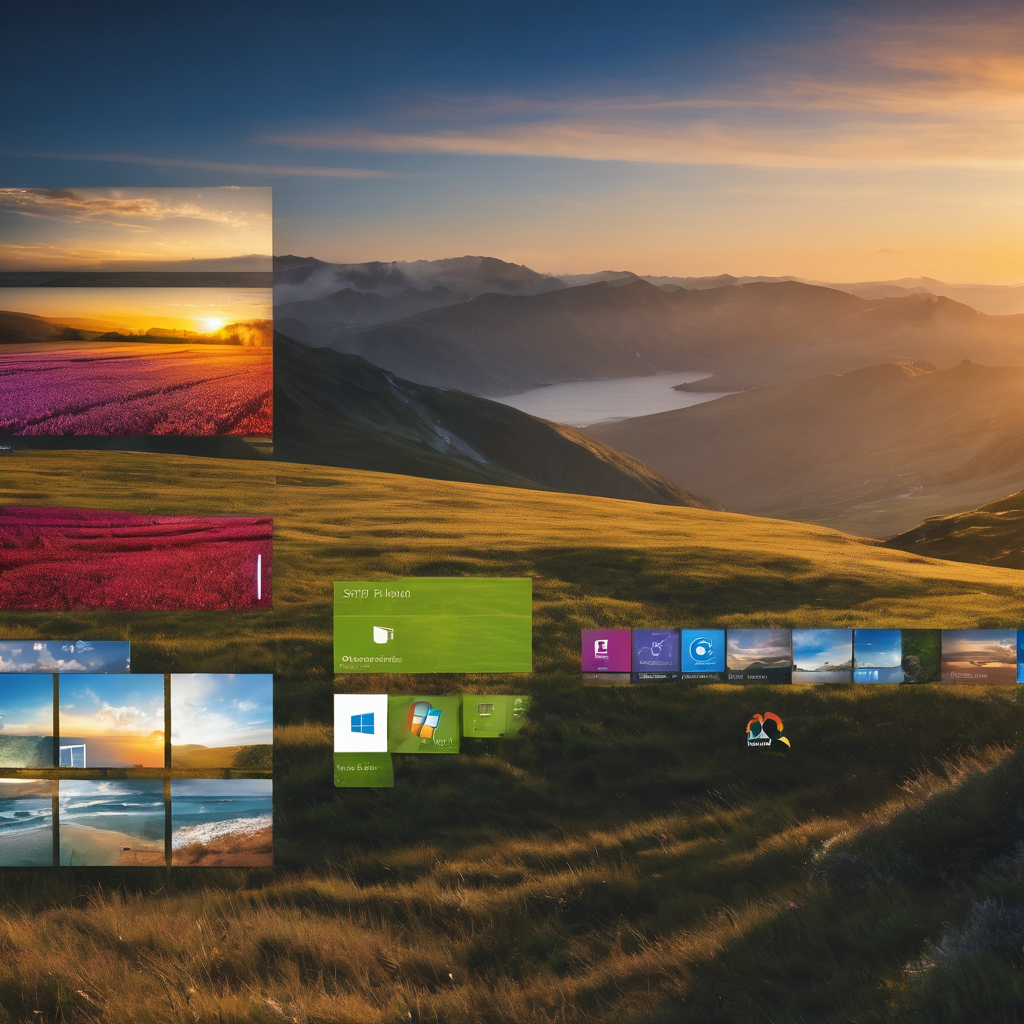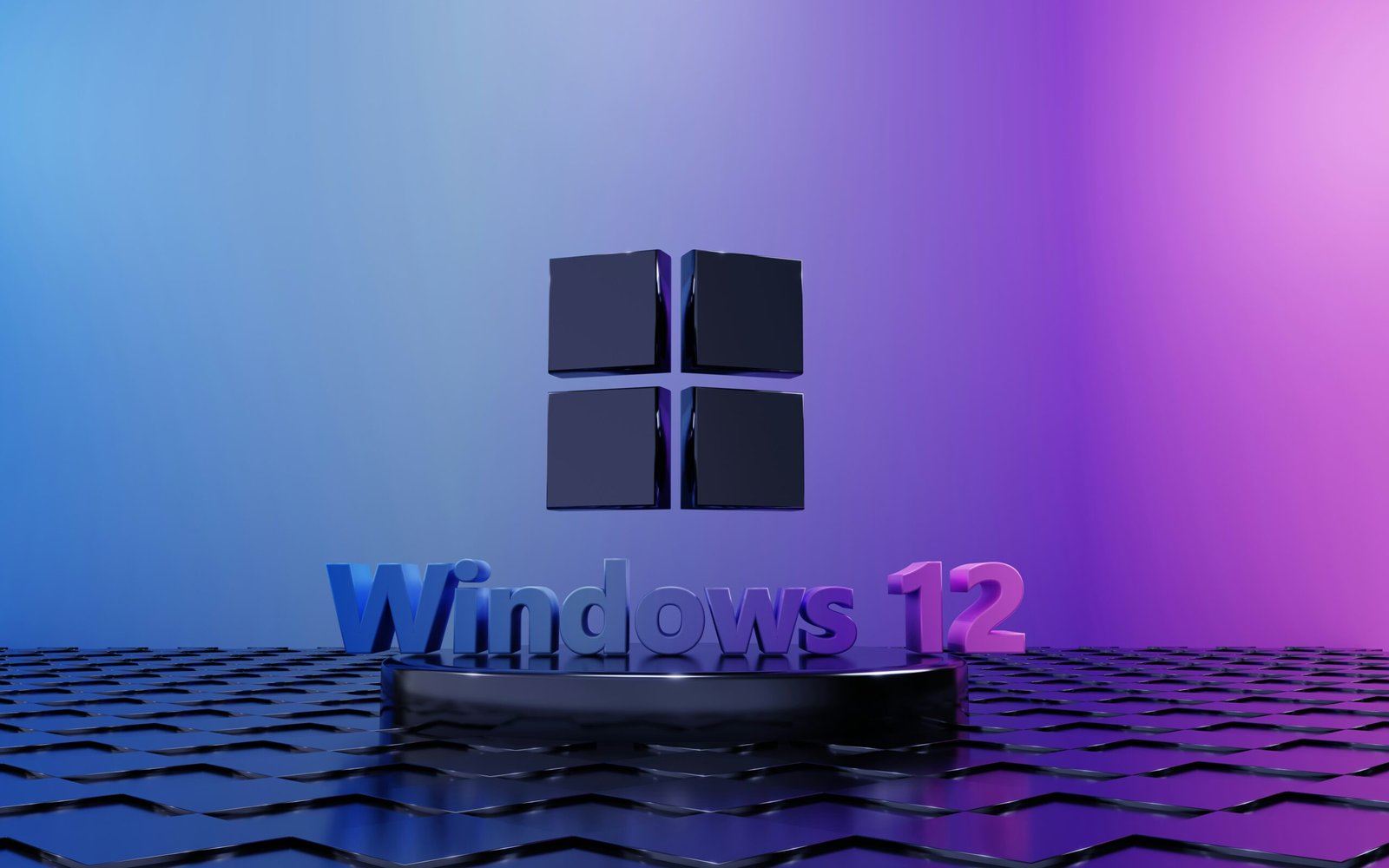The rumors are high in the tech industry that Microsoft is coming with a biggest surprise for its users, Windows 12 is going to be released in 2024. However, the official announcement has not been made till now but we are quite confident that you will be able to download Windows 12 in early September 2024.

As a Windows user, you might be using a PC, Laptop, or other device with a lower configuration and if you want to upgrade to Windows 12 you must know these system requirements. This article encompasses system requirements for different types of desktops and laptops, along with guidance for users with older PCs or laptops with lower configurations.
Windows 12 System Requirements: Desktops and Laptops
Windows 12, Microsoft’s latest operating system, will be offering a range of features and enhancements. Whether you’re using a desktop or a laptop, understanding the system requirements before upgrading is essential for a smooth transition and optimal performance. Please read this guide about Windows 12 minimum system requirements to understand every aspect.
System Requirements for Desktops
All over the world, 60% of Windows users are using Desktops and in that maximum are on traditional Desktops. These users are a big market for Microsoft and will be upgrading to Windows 12. Keeping in mind all types of hardware we have prepared this list of Windows 12 system requirements. By referring to this you will understand what changes or hardware gradation will be required for you to move on the Windows 12 OS.
1. Traditional Desktops:
Windows users from all countries including the US, UK, Australia, Canada, and other Asian continents, use traditional Desktops for their daily use. So if you are a traditional desktop user, you have to adhere to the following system requirements to upgrade to Windows 12:
Processor (CPU): An Intel Core i3 or equivalent AMD processor is the minimum requirement for running Windows 12 on a desktop. Consider upgrading to an Intel Core i5 or higher AMD Ryzen processor for better performance.
RAM (Random Access Memory): 4 GB of RAM is the minimum requirement, while 8 GB or more is recommended for smoother multitasking and overall system responsiveness.
Storage: Aim for a minimum of 64 GB of storage space, but larger capacities or SSDs are preferable for better speed and responsiveness.
Graphics Card (GPU): DirectX 12 compatibility is essential. A dedicated graphics card with adequate VRAM is beneficial for graphical tasks and gaming.
Display: Support for various display resolutions is available, with 800 x 600 pixels being the minimum requirement.
2. All-in-One Desktops:
These desktops are being used more in office spaces. Employees of tech companies are using All-in-one desktops. To move on to the latest released Windows 12 these users should check the system configuration of their device as mentioned above for traditional desktops. As these desktops are compact in nature, changing hardware and other parts will be more difficult than traditional desktops.
System Requirements for Laptops
1. Standard Laptops:
Processor (CPU): Minimum requirement is an Intel Core i3 or equivalent AMD processor. Consider Intel Core i5 or higher for better performance on laptops.
RAM (Random Access Memory): 4 GB minimum, but 8 GB or more is recommended for enhanced multitasking.
Storage: 64 GB minimum, with SSDs being preferable for faster read/write speeds.
Graphics Card (GPU): DirectX 12 compatibility is crucial, especially for users engaging in gaming or graphics-intensive tasks.
Display: Similar to desktops, laptops support various resolutions, with 800 x 600 pixels being the minimum.
2. Ultra-portable Laptops (Ultrabooks):
Similar requirements as standard laptops apply, but due to their compact nature, some ultrabooks might have limited upgrade options. If you are facing difficulty in changing to Windows 12 you should seek advice from the manufacturer as they can guide you better.
Upgrading to Windows 12 from Older PCs/Laptops with Lower Configurations
In most of the developing countries, a larger audience is still using older PCs and Laptops with lower configuration. Due to financial difficulty upgrading to Windows 12 will be not easy for them. But changing some of the hardware or upgrading them can help them to shift to Windows 12. For users with older PCs or laptops that fall short of the minimum requirements for Windows 12, the following steps can be taken:
1. Consider the feasibility of upgrading components: Depending on the system, upgrading RAM, replacing the hard drive with an SSD, or installing a compatible graphics card might be viable options to meet minimum requirements.
2. Evaluate compatibility: Check Microsoft’s compatibility tool or the manufacturer’s website to determine if your device can handle Windows 12. If not, consider sticking with the current OS or exploring lightweight Linux distributions optimized for older hardware.
3. Use Windows 12 in a virtual environment: In cases where the hardware is incapable of running Windows 12 smoothly, consider running it in a virtual machine environment on your existing system to explore its features without impacting day-to-day operations.
Conclusion
System requirements for all desktops and laptops including guidance for users with older PCs or laptops have been provided in this article for Windows 12. We are expecting Windows 12 will be the best OS of this century from Microsoft and changing to Windows 12 will be essential for all Microsoft users to enjoy its latest features and advancements. Share this guide with your family and friends to help them in upgrading to Windows 12.

